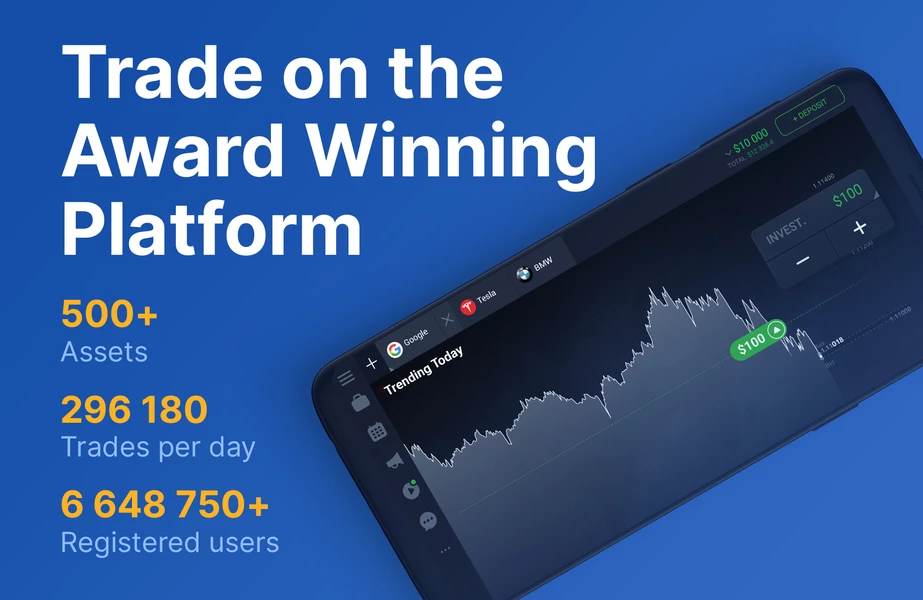Introduction
Trading E mini futures can be an exciting and profitable endeavor, but it’s important to understand the basics before jumping in. One crucial aspect of trading futures is understanding margin requirements. In this blog post, we’ll go over what margin is, how it works with E mini futures, and what you need to know to stay on top of your trading game.
What is Margin?
Margin is essentially a deposit that traders put down to cover potential losses. It’s a way for brokers to protect themselves and ensure that traders have enough funds to cover their positions. In futures trading, margin is typically a percentage of the total value of the contract.
Initial Margin
The initial margin is the amount of money required to enter a futures contract. This amount can vary depending on the broker and the contract being traded. For E mini futures, the initial margin is usually around $5,000 to $10,000 per contract.
Maintenance Margin
The maintenance margin is the minimum amount of margin required to keep a futures position open. If the value of the position drops below the maintenance margin, the trader will be required to deposit more funds to keep the position open. This is known as a margin call.
E Mini Futures Margin Requirements
As mentioned earlier, the initial margin for E mini futures is typically around $5,000 to $10,000 per contract. However, this can vary depending on the broker and the contract being traded. It’s important to check with your broker to find out the exact margin requirements for the contracts you’re interested in trading.
Day Trading Margin
If you’re a day trader, you may be eligible for reduced margin requirements. Day trading margin is the amount of margin required to hold a position overnight. This is typically lower than the initial margin, but it’s important to note that day trading margin is only available to traders who close out their positions by the end of the trading day.
Factors Affecting Margin Requirements
Margin requirements can vary based on a number of factors, including volatility, trading volume, and market conditions. During times of high volatility or low trading volume, margin requirements may be increased to protect brokers from potential losses. It’s important to stay up-to-date on margin requirements and adjust your trading strategy accordingly.
Margin Trading Risks
While margin trading can be a useful tool for traders, it’s important to understand the risks involved. One major risk is the potential for losses to exceed the amount of margin deposited. This can happen if the market moves against your position and you’re unable to meet a margin call.
Stop Loss Orders
To mitigate this risk, it’s important to use stop loss orders to limit potential losses. A stop loss order is an order to sell a position if it reaches a certain price. This can help you limit your losses and protect your margin.
Margin Calls
If you do receive a margin call, it’s important to act quickly. Failing to meet a margin call can result in the broker liquidating your position to cover the losses. This can result in significant losses and potentially even a margin call on other positions.
Conclusion
Margin requirements are a crucial aspect of trading E mini futures. Understanding how margin works and staying up-to-date on margin requirements can help you stay on top of your trading game and avoid potential losses. Remember to use stop loss orders to limit your losses and act quickly if you receive a margin call.
Trading futures can be a profitable venture, but it’s important to approach it with caution and a solid understanding of the risks involved. By staying informed and using the right tools, you can increase your chances of success in the futures market.

